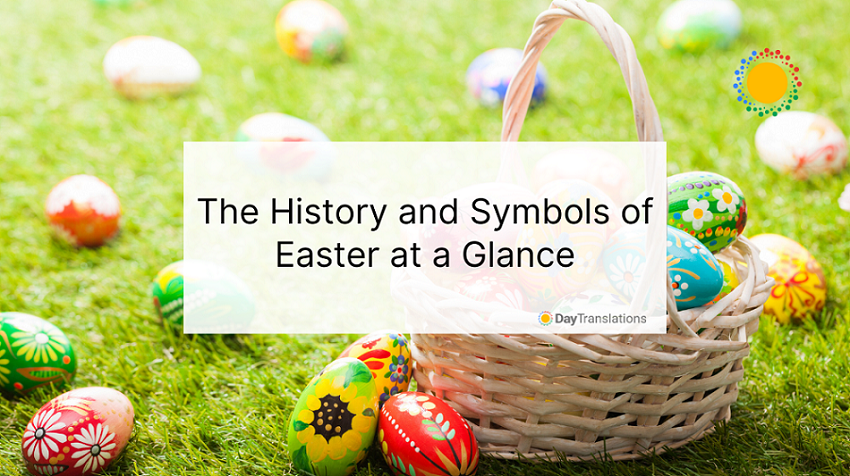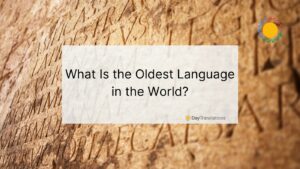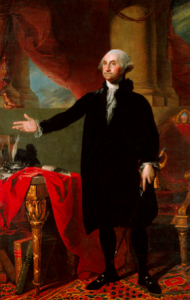When Easter comes, it is usually a sign that spring is here. Easter is celebrated either in March or April. This year, Easter falls on the first day of April. For Christians, this is the day when Jesus’ resurrection took place. Easter is a movable celebration.
Easter evolved in the past 200 years just like Halloween and Christmas. These holidays constitute elements from Christian and pagan rituals.
Easter is connected with seasonal changes. It is generally close to the vernal equinox, the time when periods of darkness and light are equal. In the Northern Hemisphere the coming of spring means that the coldness of winter is about to end.
Spring also means rebirth as trees and plants that were dormant during winter come back to life. Many animals give birth during spring as well. It’s a symbolism that naturally connects to Christ’s resurrection.
Theories about the origin and symbols of Easter
There are several theories regarding the source of the name, ”Easter.” Some say that it came from the Eostre, a mythical goddess from England, who’s honored when spring begins. The direction where the sun rises, the East, is named after her, as she is considered the goddess of dawn. In Norse mythology, the name of the goddess of sunrise is Eostare, while the Norse-Saxon goddess of spring is called Ostara.
In some cultures, Easter is called the Passover, which celebrates the time when God rescued the Jews from the Egyptians. The Hebrew word is Pesach, which translates to Passover. In the Jewish calendar, the celebration usually falls on the first day of spring.
The early Latin name for Easter week was hebdomada alba. This translates to white week. The first Sunday after Easter was dominica in albis, in reference to the white robes worn by people who are going to be baptized.
In Latin, alba means dawn as well as white. When the term for Easter week was translated from Latin to Old High German, the translator made the mistake of translating the plural for dawn, which is ostarun, instead of the plural for the word, white. It became Ostern in German, which in English, translates to Easter.
Start of Easter celebration
Christians have been commemorating the resurrection of Christ since after it first happened. The Council of Nicaea selected a day to celebrate the resurrection of Jesus in 325 AD. At that time, they were having a problem deciding if they were to celebrate the special day on a Sunday or during the week.
Many thought that they should continue celebrating the occasion during the Passover, which meant that the date would be set three days after the Passover, which may fall on any day of the year.
Other people believed that Easter should be celebrated on a Sunday, the day that is also called the Lord’s Day and the day when Jesus rose from the dead, according to what they believe.
Because of the many arguments, the Council decided to celebrate Easter on a Sunday after the first full moon following the vernal equinox. This practice of determining the date of Easter is still followed today, which is why this is a movable feast.
Easter celebration: a combination of pagan and Christian rituals and symbolisms
People also call Easter as Resurrection Day. This is the day when Jesus rose from the dead three days after he was taken down from the cross and entombed. Christians celebrate Easter as their way of renewing their hope and becoming victorious over sins.
Many languages in Europe came from the Hebrew term for Passover, which commemorates the freedom of the Jews from slavery. For example, the French word for Easter is Pâques.
The word easter also means ”to move or turn to the east. It can be an adjective to describe things that are ”nearest to the east” or ”lie toward the east.”
Easter Bunny
Today, one of the things associated with Easter is the Easter Bunny. You may think that many people have already forgotten the true significance of Easter. For Christians, the day still relates to the sacrifices and victory of the Son of God, the forgiveness of sins and everlasting life. Media, commercial establishments and changing religious beliefs changed the image and symbols of Easter.
However, the use of rabbits and eggs as Easter symbols are not entirely products of commercialism. They are also associated with some rituals that may be pagan in nature. The hare or rabbit is a pagan symbol of fertility. Easter is the time when new things grow and young ones are born. The bunny is a symbol of life.
It is also a symbol of the moon, which is an ancient belief. The date of Easter is dependent on the moon, which may be why the bunny was easily integrated into the celebrations for Easter.
Today, spring is said to have arrived when the hedgehog comes out of its burrow after hibernating for a few months. In ancient times, it was the rabbit coming out of its burrow which was associated with Jesus leaving His tomb.
German immigrants brought the Easter bunny or hare to the United States, replacing the German hare with the American rabbit. In the early days, the children used to make nests for the rabbits using paper boxes, bonnets and hats. Today, they use baskets. The bunny nests were placed in hidden spots so the rabbits will not be frightened. The bunny nests used to contain several eggs in different colors.
Another German Easter custom that was brought to the U.S. is the eating of bunny-shaped candies, especially those made with chocolate.
Easter Eggs
The history of how colorful eggs became associated with Easter is hazy. It could be because the egg symbolizes life. The ancient Phoenicians, Persians, Egyptians and Hindus believed that the world started from a giant egg. During festivals related to spring, the Chinese, Greeks and Persians gave eggs as gifts to celebrate new life.
Other people say that the eating of dyed eggs was practiced during the spring festivals in Rome, Greece, Persia and Egypt. In ancient Druid tales, sacred life was represented by serpents’ eggs.
Christians also came to associate eggs with life and deemed it right to include it in the Easter celebration. There are also places where the eating of eggs during the Lenten season was forbidden. Therefore, eggs became an Easter delicacy. Many also believe that the tradition was brought to the West by knights of the Crusade or some early missionaries.
During the fourth century, people brought eggs to the church. They wanted the eggs to be sprinkled with holy water and be blessed. The ritual, called Benedictio Ovorum was officially introduced in the 12th century that authorized the special use of eggs during Easter Week.
Late in the 13th century, England’s Edward I ordered 450 eggs to be covered with gold leaf or colored. He presented them to the members of his royal family.
From these early practices and traditions, the use of eggs during Easter became widespread. Eggs were colored red to symbolize the blood of Christ and to represent joy. England exported their tradition of holding egg-rolling contests to the United States. Germany shared their tradition of hiding bunny nests and children hunting for hidden pretzels. It’s just a small step before the tradition became mixed and expanded.
New clothes
In some cultures, it is important for people to wear new clothes on Easter. This is their symbol of fresh beginning and newness. This probably started from the practice of early Christians to wear white robes when they were baptized during the services held on Easter Vigil. Wearing new white clothes later became a symbol of new life in Christ for Christians and for those who convert to the Christian faith.
Dawn services
Christians attend dawn mass services on Easter. The new practice was started in 1732 by a group of Moravian men from Hernhut, Saxony. They visited the God’s Acre cemetery to commemorate the women who went to the tomb of Jesus on early Easter morning. Immigrants from Moravia brought the practice to the U.S. in 1743.
Easter Lilies
Another new tradition is the Easter Lily. Sculptors and painters symbolized innocence and purity with white Madonna lily that is associated with the Virgin Mary. However, in the early days, plant nurseries were not able to force the plant to flower in spring.
However, Bermuda lily bulbs were brought to Philadelphia in the 1880s by Mrs. Thomas Sargent. It was introduced to the trade by William Harris, a local nurseryman. They were able to force the lily to bloom in spring. They change the name to Easter lily and the bulbs spread all over the United States.
Whatever practices you observe for Easter, what’s good to remember is that the special day symbolizes new hopes, new beginnings. It’s time to forgive, forget and start anew. In whatever language, Easter means renewal.
We at Day Translations, Inc. join our brothers and sisters in celebrating Easter. Whatever language you speak, let us welcome Easter with renewed hope for the rest of the year. If you wish to greet your friends who speak other languages, or have your documents, emails, letters and messages accurately translated into and from various languages, contact us at 1-800-969-6853 or send us an email at [email protected]. We are open 24/7, everyday of the year.
To our valued clients and friends, we wish you a Happy Easter!
Image Copyright: sarsmis / 123RF Stock Photo












Sorry, the comment form is closed at this time.